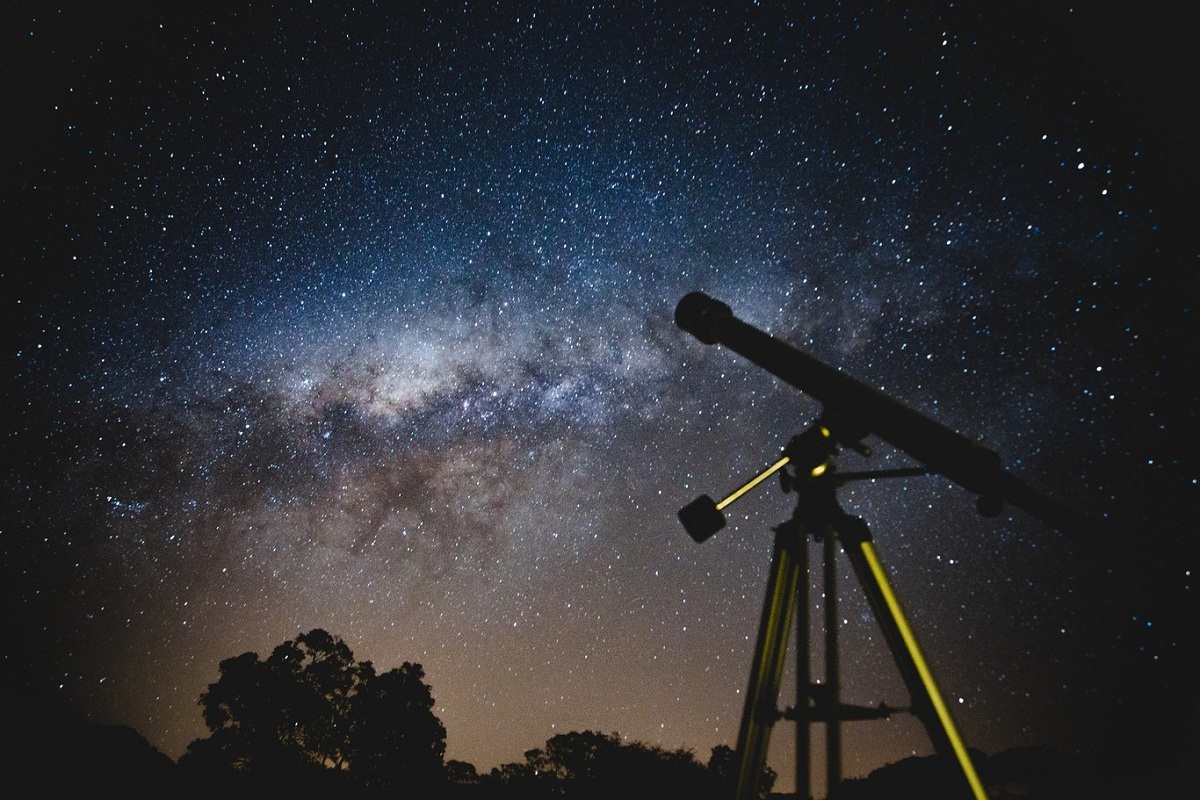
It is an invention that has revolutionized astronomy and knowledge about the universe. However, not all people know what is the telescope for. It is only thought that it is to make observations on the sky and the stars or planets what there is of the solar system. However, there are many more uses.
For this reason, we are going to dedicate this article to telling you what the telescope is for, what its importance is and how it has helped human beings.
what is a telescope
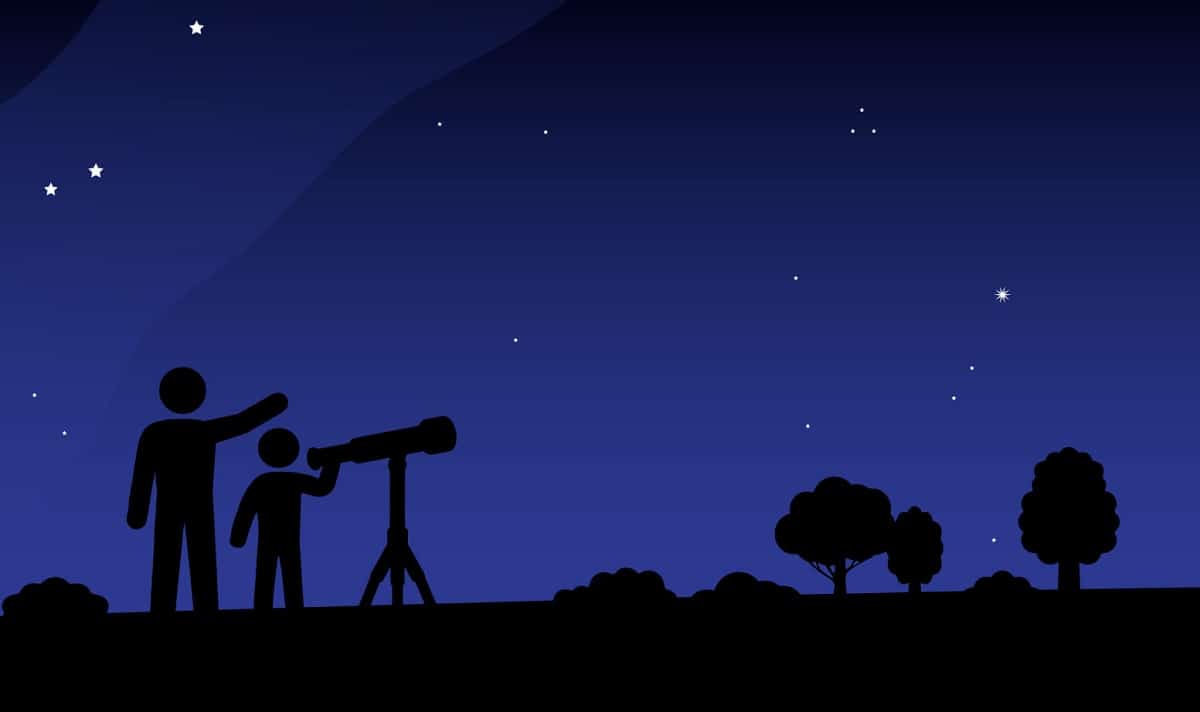
Telescopes are used to observe distant objects due to electromagnetic waves such as light. The word telescope comes from the Greek words Tele and skopein, which mean "far" and "to see", respectively. Many people do not know what the telescope is for.
The first prototype of the modern telescope it was invented in the Netherlands in 1608 and is attributed to Hans Lippershey. A year later, the Italian Galileo Galilei developed the first refracting astronomical telescope, which allowed him to observe celestial objects.
Thanks to this instrument, the Italian scientist discovered the Milky Way, the four moons of Jupiter, and studied the aspects of Venus and Mars. Many people believe that the main function of a telescope is to make objects appear larger through a series of magnifying lenses. However, this notion is incorrect. In fact, the main function of the instrument is to collect the light reflected by the object and reconstruct it into an image.
What is the telescope for?
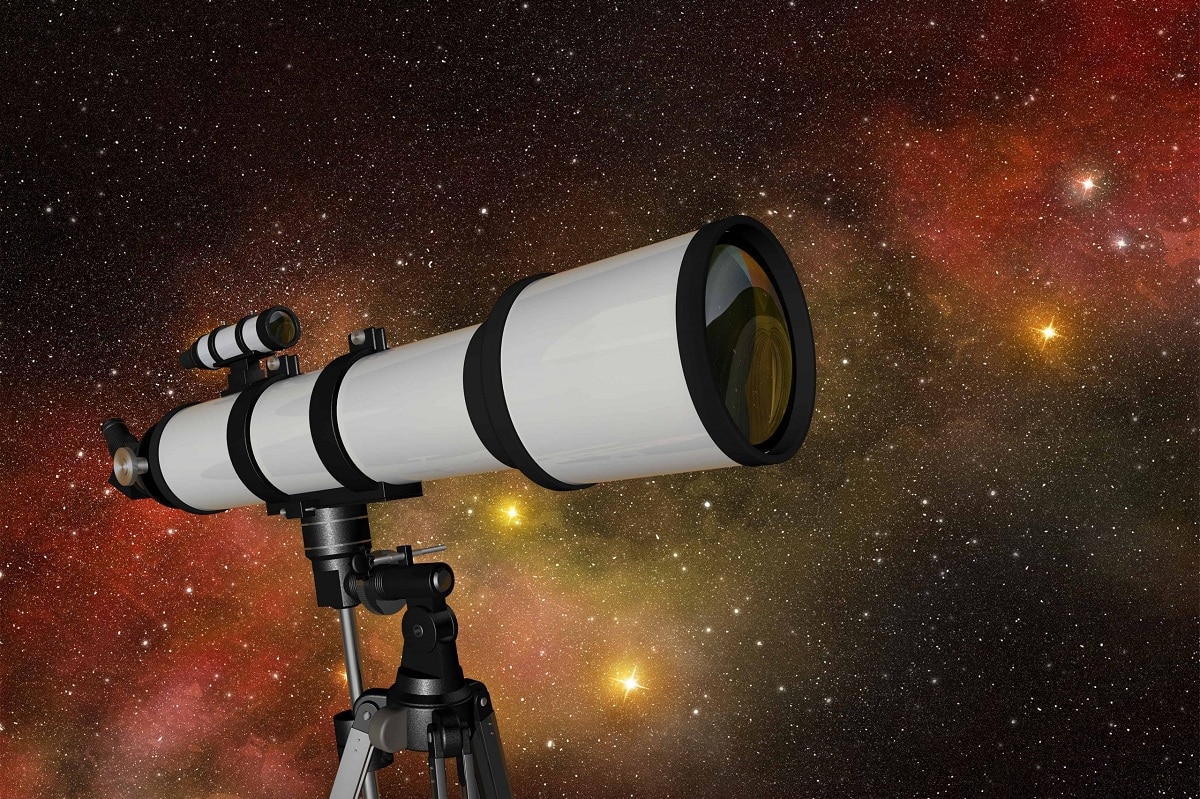
Due to the collection of light and the creation of enlarged images, telescopes are used in different fields of research.
In fact, instruments have been developed for different purposes. For example, there are radio telescopes that can capture waves from outer space and use them in astronomy.
Observe celestial bodies from the surface of the earth
Both amateurs and professionals can use telescopes to observe celestial objects from the Earth's surface. Clearly, the range of professional instruments and the resulting image will be superior to beginner instruments.
Today, many countries have research centers with observatories. They are spaces used to collect data and record certain events. The most common observatory is the observatory. They have large telescopes with objectives that are meters in diameter, so they can see faraway objects.
Some of the recognized observatories are the National and San Fernando Observatories (in Spain), Mauna Kea (Hawaii), Roque de los Muchachos and Teide Observatories (in the Canary Islands), the Cerro Tololo Inter-American Observatory and the Cerro Pachón Observatory. (in Chile).
Accurate data collection
Telescopes are used in astronomy as a means of data collection. The discipline uses both optical and radio telescopes. The most famous optical telescope is the Hubble Space Telescope (HST). The instrument is in Earth orbit, outside the atmosphere, at an altitude of 593 kilometers. This device represents a breakthrough because it can provide images without atmospheric distortion or atmospheric turbulence.
In outer space, the instrument collects more light than it can on Earth's surface because the atmosphere absorbs most of the light. Since its launch in 1990, the Hubble Space Telescope has been continuously upgraded through servicing missions. Five of these missions aim to repair damaged parts of the telescope and replace others with state-of-the-art technology. The last mission took place in 2009.
In the analysis of images and light
The light collected by the telescope can be subjected to two types of analysis: image analysis and spectral analysis. Image development is one of the most famous functions of the telescope. Its goal is to generate a graphical representation of the inspected object.
Traditional telescopes use cameras to collect these images. Modern telescopes no longer use filmInstead, they have built-in equipment to collect data more efficiently. These advances are beneficial for several reasons. First of all, the fact that the image is digital saves the process of developing the photo
In addition to this, the images provided can be directly uploaded to a computer and analyzed more easily. Regarding the study of spectroscopy, there is a technique called astronomical spectroscopy. This technique It is used to analyze the spectrum of electromagnetic radiation.
This type of analysis can determine the source of the light waves. It also provides tools to determine the chemical composition of the glowing body. Stellar telescopes are equipped with prisms placed in the objective lens to separate light for spectral analysis.
Characteristics that allow the operation of the telescope
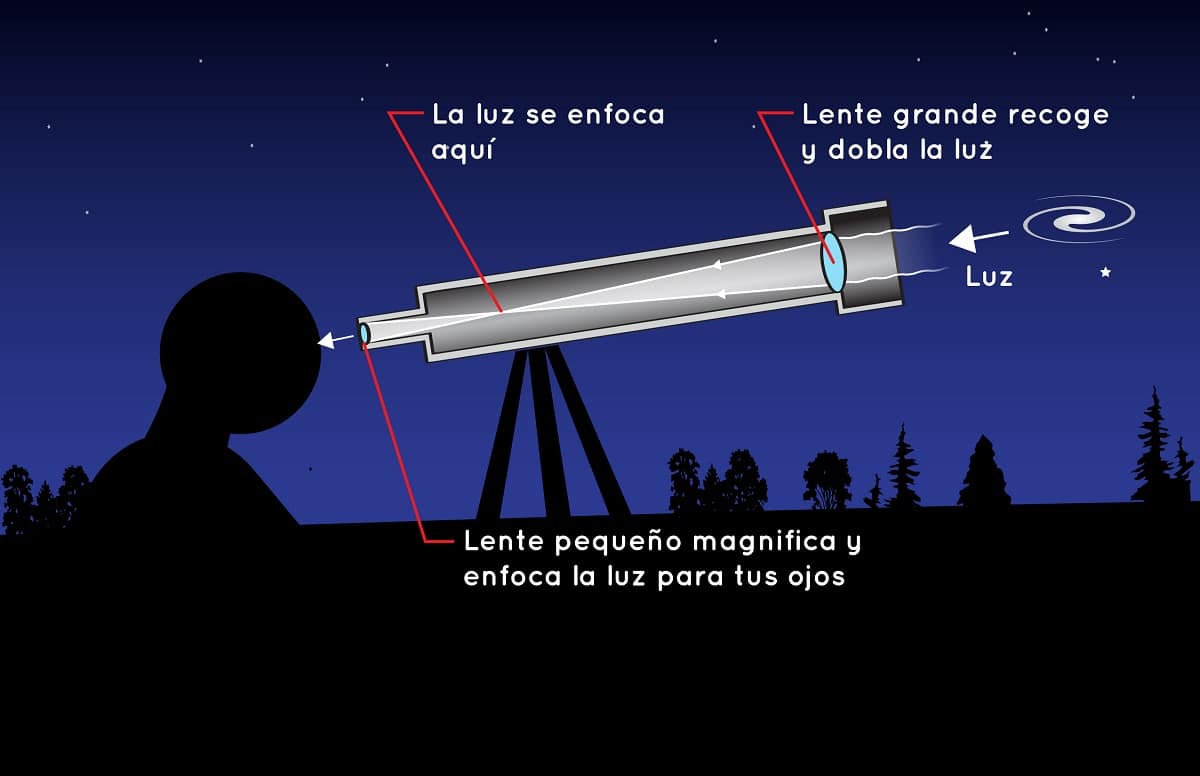
A telescope has three basic properties: to collect light, to produce an image, and to enlarge the field of view of an object.
Due to these three properties, telescopes can be used to observe objects that would be more complex (or even impossible) to study without the presence of such instruments.
pick up light
Telescopes are responsible for collecting light emitted or reflected by distant objects. To collect light, the instrument is based on using an objective that can be a lens (in the case of a refracting telescope) or a mirror (in the case of a reflecting telescope).
generate an image
From the light captured by the telescope an image can be formed, what is seen through the lens. Depending on the quality of the telescope, the resulting image will have more or less resolution. That is, it will present more or less sharpness.
Zoom in on the observed object
Many people believe that the main purpose of a telescope is to magnify objects. However, the main use is to collect light. By itself, magnification is a useful property when looking at distant objects like celestial bodies.
The larger the lens or mirror used, the higher the quality of the resulting image. That is, the detail and clarity of an image seen through a telescope depend directly on the light-gathering ability of the lens.
What is the personal use telescope for?
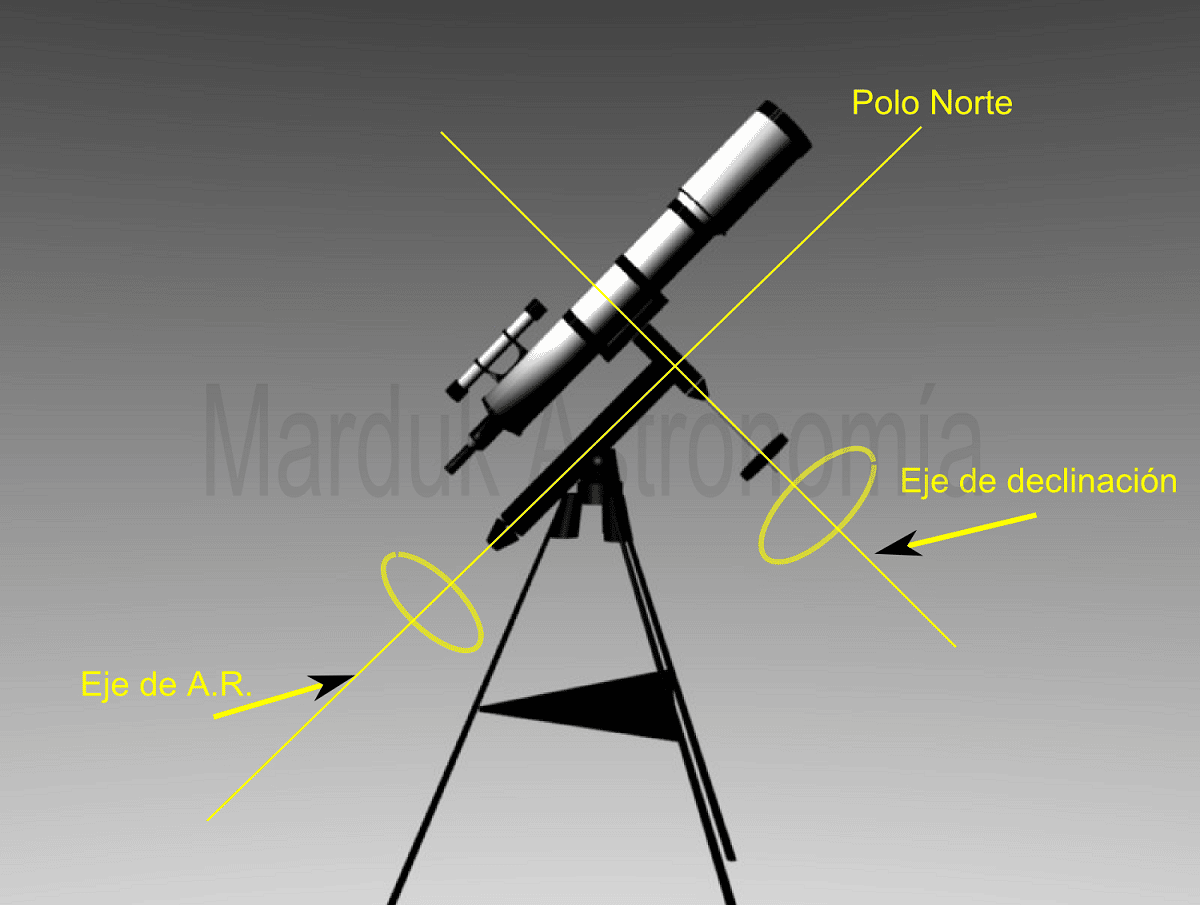
One of the fundamental aspects to learn to choose a telescope is the amount of time that you will be able to concentrate on looking at the sky. If you are making short, sporadic observations, It's not worth investing too much time. On the other hand, if you are going to spend a lot of time observing, it is better to have a good telescope. Going out into the field and spending a few hours observing is not the same as doing some quick observations close to home to see the main stars.
Suppose we spend two hours on this hobby. It doesn't make sense for a telescope to have too many parts, an equatorial mount, or take a long time to get used to. These telescopes are quite complex and must be installed on the space station because there are many parts. So we are going to take too long to disassemble and assemble them because in the end we will not be able to fully enjoy the observation.
If we are going to observe less time, we should start longer. It is better to have a manual telescope with an altitude mount. In this sense, the Dobson brand is the biggest winner in this segment.
If you prefer traditional observation or digital techniques, you have to keep this in mind. Some people like to experience astronomy in the traditional way, like the great astronomers of the past. In this case, with a manual telescope and some celestial charts, we could spend years looking at the sky. Some people prefer to rely on technology, preferring the idea of operating the telescope with their phone and viewing images on a computer.
We can find objects in the sky manually or let the telescope do all the work for us. The problem with technology is that it can be a dangerous factor. Its use can make us feel more comfortable and prevent let's learn the sky or we don't know how to handle the telescope ourselves. Manual telescopes, on the other hand, will make things more difficult for us at first, but we must realize that searching for a light-year galaxy on our own usually brings a lot of joy and personal satisfaction.
Both combinations are acceptable, but difficult to combine on the same team. If the other happens, we will have to choose one. If our budget was not too high, we would have to use manual telescopes. On the other hand, if our budget is higher, now we can choose to be more comfortable.
What is the Hubble Space Telescope for?
The telescope is located at the outer edge of the atmosphere. The orbit where it is located is 593 kilometers above sea level. It only takes about 97 minutes to orbit the Earth. It was first put into orbit on April 24, 1990 to obtain better images at higher resolution.
Among its dimensions we find it with an approximate weight of 11.000 kg, cylindrical shape, 4,2 m in diameter and 13,2 m in length. As you can see, it's a pretty big telescope, but it can float in the atmosphere without gravity.
The Hubble Space Telescope is able to reflect the light that reaches it thanks to its two mirrors. The mirror is also huge. One of them is 2,4 meters in diameter. It is ideal for sky exploration as it contains three integrated cameras and several spectrometers. The cameras are divided into several functions. One is to take pictures of the smallest places in the space it is based on because of their brightness in the distance. Thus they try to discover new points in space and better build a complete map.
Another camera is used to photograph the planets and get more information about them. The latter is used for detect radiation and take pictures even in the dark because it works through infrared. Thanks to renewable energy, the telescope can last a long time.
I hope that with this information you can learn more about what the telescope is for and what its true function is.